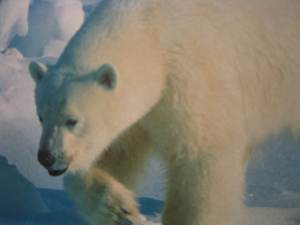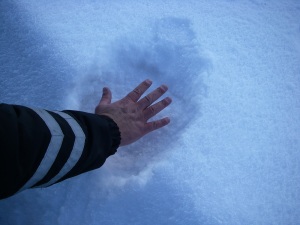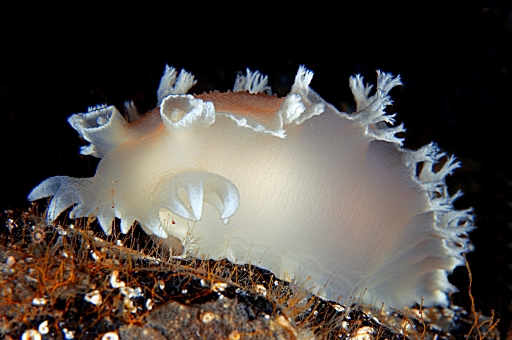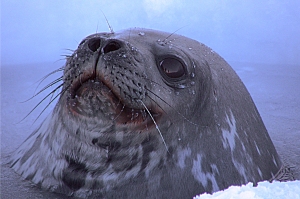Sometimes weather makes for an altogether bad flying day.
The luxurious turboprop was speeding through turbulent skies, using its radar to pick its way around southern thunderstorms, en route to a quail hunting plantation just across the Georgia-Florida border. The craft had left Cleveland with my wife and one-year old son on board. Occasionally the plane was jolted so hard my wife feared her head would strike the ceiling of the spacious cabin. I, remaining in Cleveland, was praying for their safe arrival in Florida.
I had met the King Air pilot, David Ingalls, at the airport in Thomasville, Georgia a couple of months previously when he landed to refuel before flying back to Cleveland. He was returning from one of his frequent bird hunting trips to his antebellum plantations (yes, plural is correct. He owned two.) My wife and I frequented the Thomasville airport because we had our two-seater Cessna 150 hangared there while I was in graduate school at Florida State University. In 1976 I was finishing my Ph.D. and was about to move to Cleveland, Ohio to work as a research Associate in Biophysics at the Case Western Reserve School of Medicine.
The airport manager, knowing we were about to move up north, suggested I talk to the King Air owner because Ingalls lived in Cleveland. Apparently he was supposed to have owned part of Pan American Airlines, and had served as an aviator in World War I. That explained why he looked to be in his mid-seventies at the time, albeit a virile, well-preserved seventies.
I approached the pilot as he was inspecting his aircraft, and mentioned that we were moving to Cleveland, and before I knew it he had invited my wife to fly back to Florida with him anytime she wanted. He explained that he made frequent hunting trips with his business associates, and he usually had a couple of empty seats on board the aircraft. My wife had been thrilled at the offer.
At the moment however, my wife was having second thoughts about the trip as the turbulence seemed to be shaking the plane apart. But eventually the storms gave way to smoother air as the aircraft sped towards the Florida border. Unfortunately, the foul weather was soon replaced by low-lying fog which covered their intended landing site, the grass strip at one of his plantations.
As the aircraft descended into the murk, searching for the runway, my wife started praying. She had seen no sign of land through the thick clouds, and she knew they were far from any regular airport. As the time on the approach counted down she finally caught sight of the pine tree tops just beneath the plane’s wheels. Other than someone calling “pull up, pull up” just at the end, the landing was smooth; but baby boy wasn’t the only one with a wet diaper that day, figuratively speaking.
Ten years later when I was working for the Navy diving community in the Washington D.C. area (Bethesda, MD actually), I came across his obituary in the Washington Post. I never read obituaries, but by some great coincidence, I saw his. As I read, I saw he was the REAL DEAL.
Not until many years later did I find out more about David Ingalls. We were in Panama City where I was still working for Navy diving, eating lunch with my family at an aviation-themed restaurant, and on the wall next to our booth was a print of a British plane shooting down a German fighter. It was a lucky shot we were told, but it placed a very young Ingalls in the history books as the U.S. Navy’s only WWI fighter ace. He was nineteen years old.
While later visiting the Naval Aviation Museum in Pensacola, FL we saw a plaque commemorating LTjg Ingalls. Well, we began to realize that the King Air pilot had not only been the real deal, he had been a very BIG deal; and yet he had remained entirely humble and personable.
David Ingalls, born in 1899, was a grandnephew of President Taft, and by 1929 had become the Assistant Secretary of the Navy for Aeronautics, a personal friend of President Hoover. He served throughout the Second World War, and retired with the rank of Rear Admiral. And he was indeed a Director for Pan Am World Airways.
As they say, weather is no respecter of persons. But that day, the airplane and its passengers arrived safely, due no doubt to the sophisticated electronics in that aircraft and the consumate skill of the pilot. Admiral Ingalls lived another 10 years, and that baby boy is now a Navy Flight Surgeon.
Thunderstorm photo credit: By Михал Орела – originally posted to Flickr as Облак с самолет, CC BY 2.0, https://commons.wikimedia.org/w/index.php?curid=6875633
























